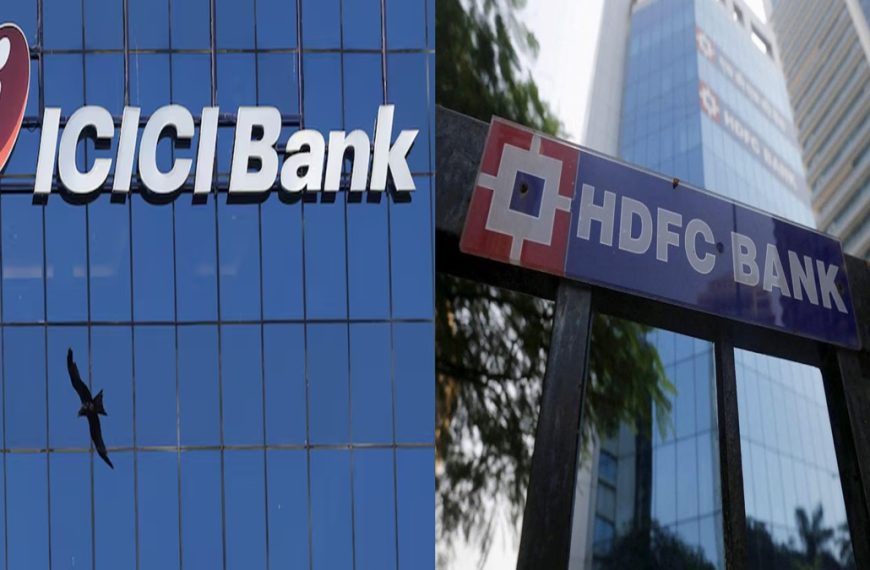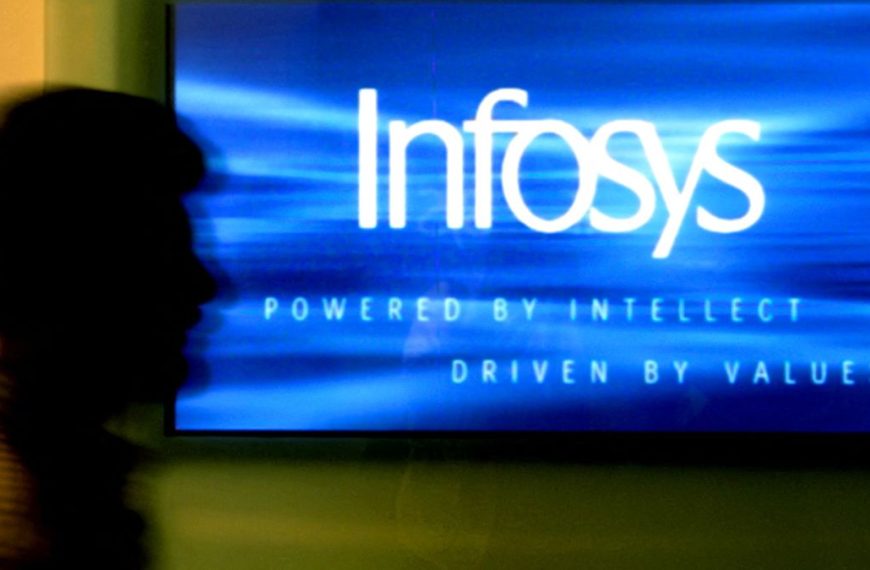Navigating the investment landscape can be challenging, especially with the overwhelming amount of information available today. However, Raamdeo Agrawal, Chairman of Motilal Oswal, simplifies this process with his innovative ’25-25-25′ rule. This strategy encourages investors to seek companies that showcase a 25% return on capital employed (RoCE), 25% profit growth, and a price-to-earnings (P/E) ratio below 25. Here, we spotlight two promising stocks that fit this framework, based on their recent financial achievements and current evaluations.
Investment Highlights: CMS Info Systems
CMS Info Systems stands out as a key player in India’s financial services sector, operating in two primary divisions: cash management and managed services.
- Cash Management: This segment includes ATM cash management, retail cash management, and cash-in-transit services, where CMS captures a dominant 42% market share. As of the latest financial year, it oversees approximately 146,000 business points.
- Managed Services: This area encompasses banking automation, brown-label ATMs, software solutions, and remote monitoring technologies.
CMS has cultivated strong client relationships, including partnerships with major banks like SBI, HDFC Bank, and ICICI Bank, which bolster its revenue streams.
Financial Performance
Recent data reveals that CMS’s cash management segment generates 61% of total revenue, while managed services contribute 39%. The company recorded a 20% CAGR in revenue over three years, reaching ₹22.7 billion in FY24. Notably, the managed services division surged at a 29% CAGR, marking significant growth.
- Profit Margins: The company’s margin improved to 28.3% in FY24, leading to a 30% CAGR in net profit, which reached ₹3.5 billion.
- Capital Efficiency: With a remarkable RoCE of 27.4% for FY24, CMS demonstrates efficient capital utilization. Its operating cash flow (OCF) to EBITDA ratio stands at over 61%, showcasing robust cash generation.
Currently, CMS trades at a P/E ratio of 20.7x, aligning well with the 25-25-25 criteria. Since its market debut in December 2021, the stock price has surged by 96%.
Future Prospects
Though growth slightly slowed in the recent quarter, with revenue up 10% to ₹18 billion, the outlook remains positive. CMS anticipates reaching a revenue target of ₹25-27 billion for FY25, supported by a healthy order book of ₹17 billion in managed services.
Spotlight on Sharda Motors
Sharda Motors, established in 1986, is the leading manufacturer of emission control systems in India, boasting a 30% market share in passenger vehicles.
- Product Range: Its offerings include exhaust and suspension systems across various vehicle categories, with a significant 10% market share in the suspension sector.
- Revenue Breakdown: The company derives 53% of its revenue from passenger vehicles, while 42% comes from commercial vehicles.
Impressive Growth Metrics
Sharda Motors has witnessed substantial growth over the past three years, with revenue increasing at a 17% CAGR, totaling ₹28 billion in FY24. More impressively, EBITDA grew at a 41% CAGR, resulting in improved margins.
- Net Profit Surge: The net profit skyrocketed by 65% CAGR, reaching ₹3 billion, driven by operational efficiencies and adjustments to stricter emission norms.
Sharda’s RoCE soared from 24% in FY21 to a remarkable 39% in FY24, and the company maintains a P/E ratio of 14.4x, consistent with its historical averages.
Looking Ahead
Despite a slowdown in the automobile sector impacting revenue, Sharda Motors remains optimistic. It aims to expand into new markets and product lines, especially in emission systems for tractors and construction equipment, anticipating significant export opportunities driven by the China +1 strategy.
Conclusion: A Compelling Investment Case
Both CMS Info Systems and Sharda Motors exemplify the principles of the 25-25-25 framework, characterized by impressive earnings growth, efficient capital deployment, and attractive valuations. These stocks have the potential to outperform the market, making them worthy of attention for investors seeking robust mid-cap opportunities.
As these companies continue to deliver strong performance, they may offer significant long-term value for discerning investors.











